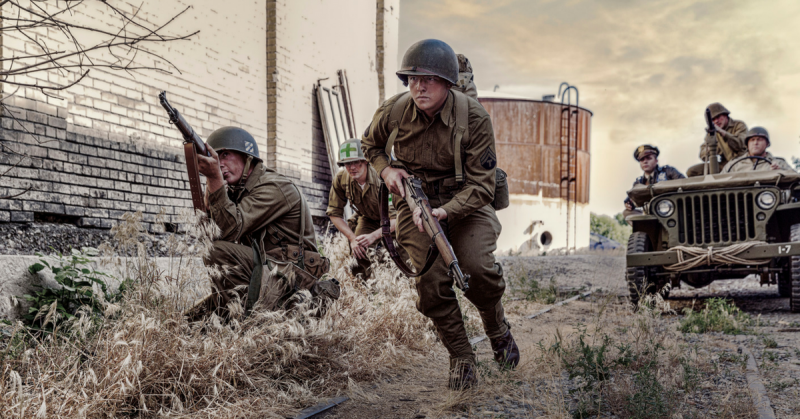United States Infantry tactics employed during World War II was similar in many ways to those of German infantry with several overlaps and minor modifications. This is an overview as the U.S. Army and the U.S. Marine Corp maintained some individual doctrines.
Additionally, U.S. Ranger and Airborne units used alternative tactics than normal infantry units at times. The classic U.S. army doctrine tactic was “engage and envelope” at the Corp, Division, Brigade, etc. level down to the platoon.
The US infantry at the start of WWII was ill-prepared at best with an army strength of less than four hundred thousand men at the time, many of whom were not combat ready or too old to be efficient, others lacking considerably in military training, experience, and overall discipline.
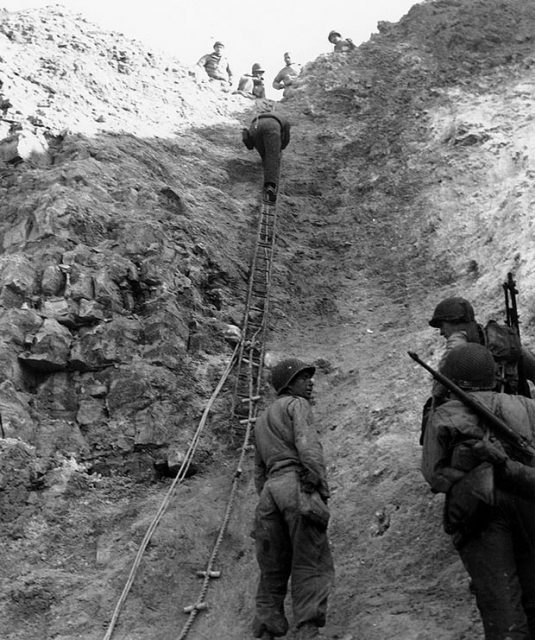
The majority of the infantry soldiers were simply not optimized for battles in WWII as compared to the Germans who had been planning and training toward it for years.
The Americans had to rely on tanks and aerial support in addition to their semi automatic weapons. They had superior firepower to their advantage, using shells instead of manpower to grind their enemy and being a production powerhouse they produced a lot of planes that provided them with sufficient aerial support.
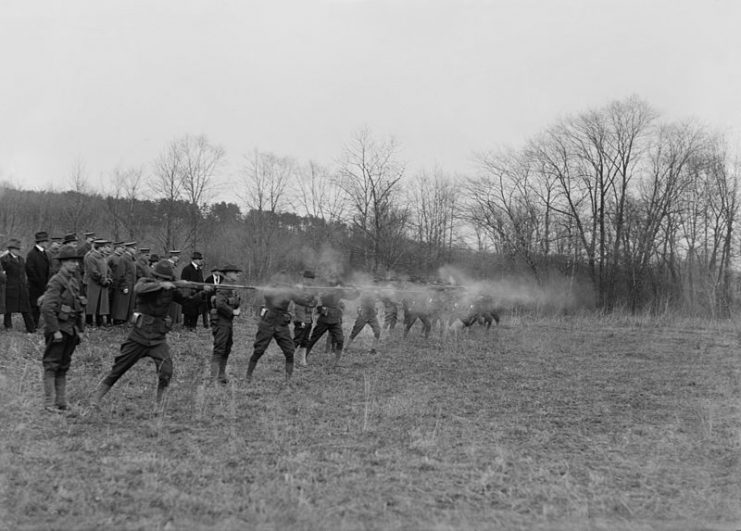
So perhaps, in essence, one could say that while the Germans relied on their skill and manpower, Americans relied on their more complex support systems and weaponry including bazookas, Browning Automatic Rifles (BAR), antitank guns and mortars.
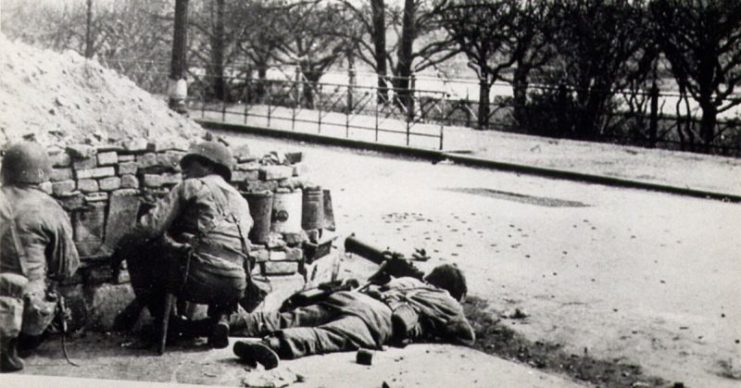
Squad
The American squad often consisted of 12 men, quite similar to the Germans. Activity in the squad revolved mostly around the squad leader and the BAR man. The squad leader coordinated individual members of the squad and helped teammates achieve set objectives and the BAR man unleashed the full power of the M1918 Browning Automatic Rifle on enemy combatants.
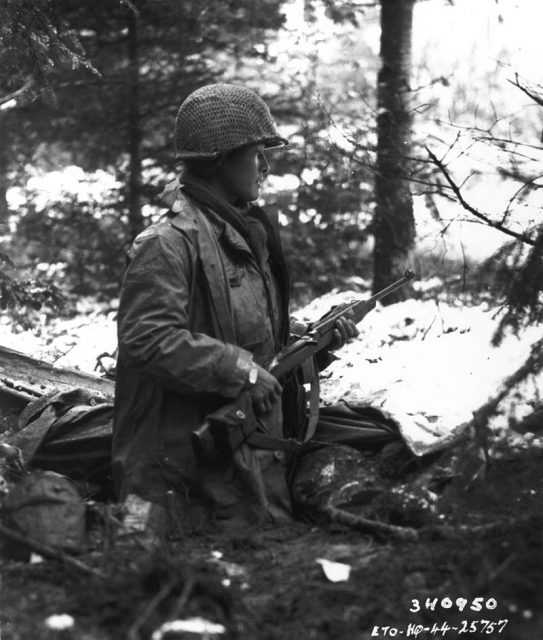
Sometimes the squad would be further broken up into three smaller teams, say teams Able, Bravo, and Charlie, in order to facilitate accomplishment of mission objectives. Team Able was made up of two riflemen scouts whose job it was to locate the enemy, team bravo comprised of the BAR man and three riflemen whose job it was to open heavy fire, and team Charlie made up of five riflemen and the squad leader, who would then make the assault.
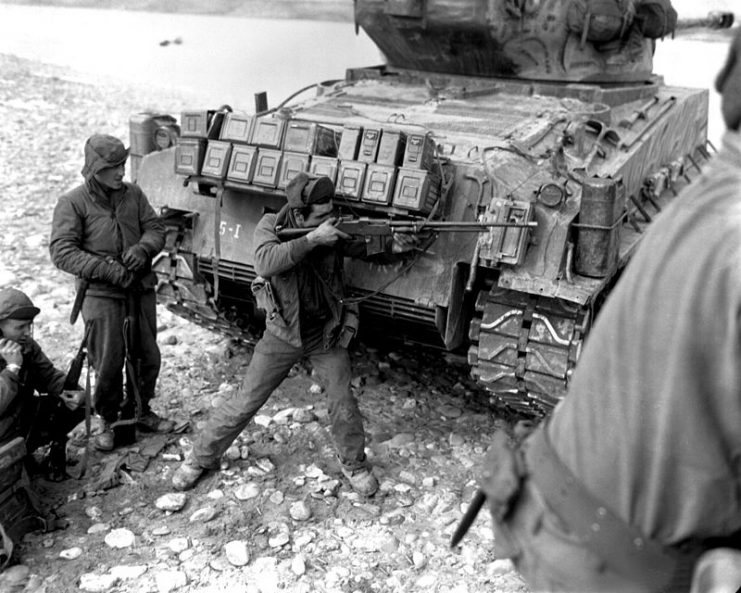
Formation
US infantry often used the squad column, skirmish line and triple subgroup formations to achieve their objectives. The squad leader and BAR man led the squad column and this formation helped the squad get into position quickly under the cover of darkness, smoke, or fog.
The skirmish line formation, much like the German schützenkette was a difficult formation to maintain on the move but it helped squad members to move in quick succession whilst covering their flanks, into uncertain enemy territory with guns at the ready in different directions, it was the best formation in the possibility of an enemy ambush.
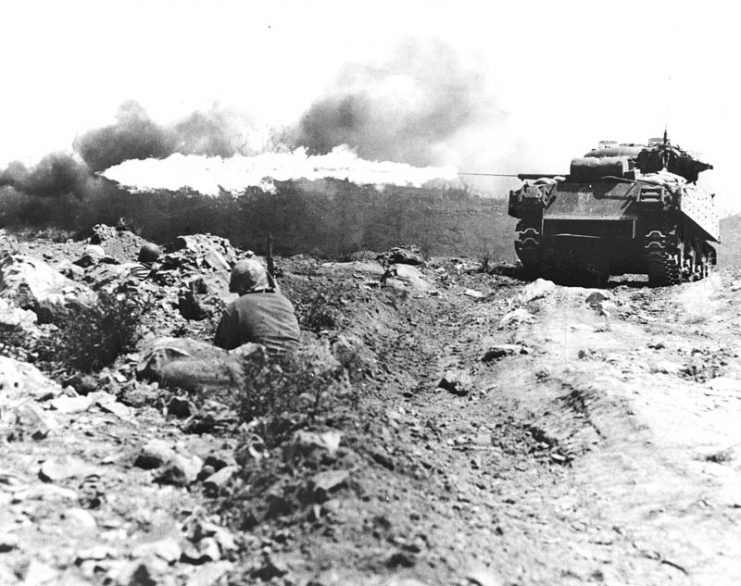
In the triple subgroup formation, an assault was done whenever possible and subgroups acted almost independently of each other. Often such missions depended highly on the initiative of squad members. After taking the enemy’s position, the squad may then defend their position or continue to advance, penetrating deeper behind enemy lines.
Offense
Offensive attacks were often carried out under cover of fog, smoke, or darkness and when advancements were made, they usually were under heavy covering fire.
Offensive attacks usually consisted of a main and secondary attack and the situation on the ground would determine the strategy of attack. The Able team executed the main attack while Bravo team mounted an often diversionary secondary attack and Charlie team fought off counter attacks and intensified support in the event of a breakthrough.
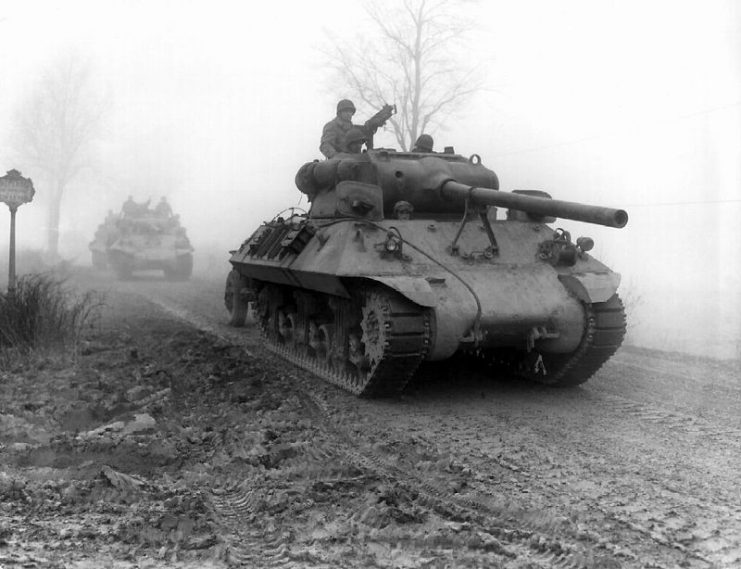
The main attack was usually focused on the weakest point in the enemy’s defense line, the secondary attack was carried out either while advancing or in a spread out fashion to draw away most of the enemy’s fire from the main attackers who would then go on to break through the enemy’s defense and perform their final assault.
Bear in mind that the phrases “main attack” or “diversions” were never used on the battlefield and the point of this strategy was to deceive the unsuspecting enemy, so as much as this was the style and nature of the US infantry attack, it never seemed so to enemy combatants at the time.
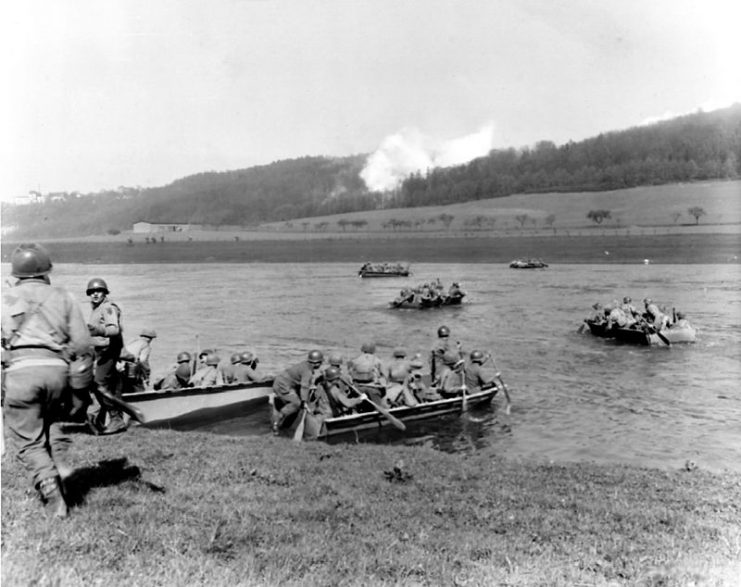
The main and secondary attacks took place simultaneously so that the enemy could never quite concentrate their defense on any one point. The main attack group was often smaller, requiring much narrower space for the main attack and allowing for greater mobility with support from the weapons company or tank group and it was rather effective too, more often than not allowing for a breakthrough in the enemy’s defense line.
Defense
The US infantry depended heavily on their weapons company made up of large war tanks, military grade aircraft, bazookas and antitank guns. The infantry squad turned to the tanks for help when faced with well fortified enemy opposition especially in trench warfare where visibility was low and partly, for this reason, it became the norm to assign tanks to all sizable infantry formations.
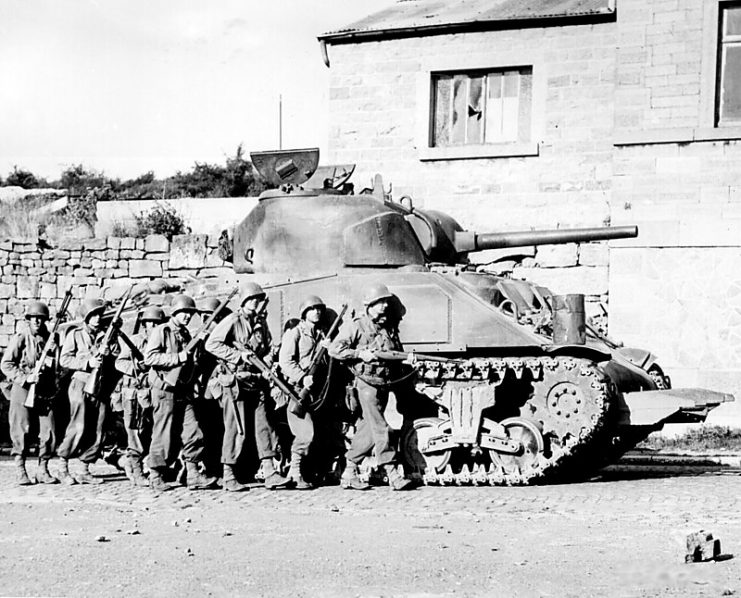
A formation method of attack was made by using an infantry company supported by a team of three to seven tanks. Sometimes the tanks would advance first, sometimes with the infantry skirmish line, sometimes they carried the infantry on the tanks.
The tanks took on the enemy strong points while the infantry dealt with antitank weapons. Trenches were also dug by US infantry and they were used to hold defense lines for long periods, often dragging spontaneous invasions into stalemate operations.
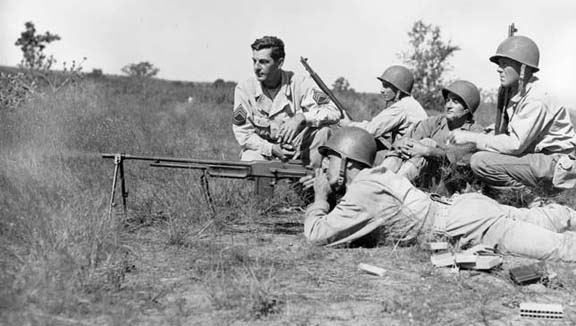
When US infantry soldiers were pinned down or surrounded by enemy forces, they often relied on their tanks to provide heavy assault on the enemy’s offense. Calling in air strikes from warplanes was also important in dire situations and those dropped massive explosives that simultaneously decimated large numbers of enemy soldiers.
Overall the US infantry enjoyed good support from their weapons company as a result of the good communication infrastructure relative to the Germans.
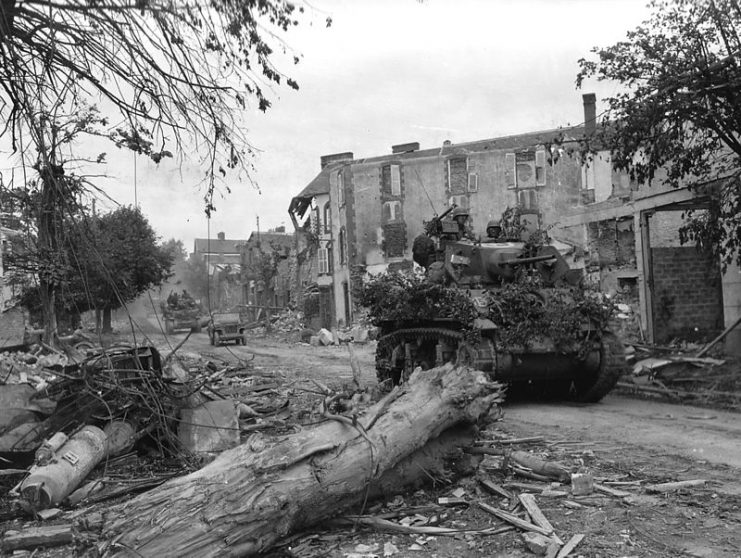
Conclusion
World War II may have caught the US infantry soldiers by surprise, but they were easily adaptable, turning the battlefield in their favor. They played to their strengths using mass production and technology to their advantage and unleashed the full might of the US’s wartime industry.
So again the German infantry were overall better soldiers with superior combat tactics and skill, but the US infantry had superior technology, weaponry, and communication systems that in the end worked to their advantage.
